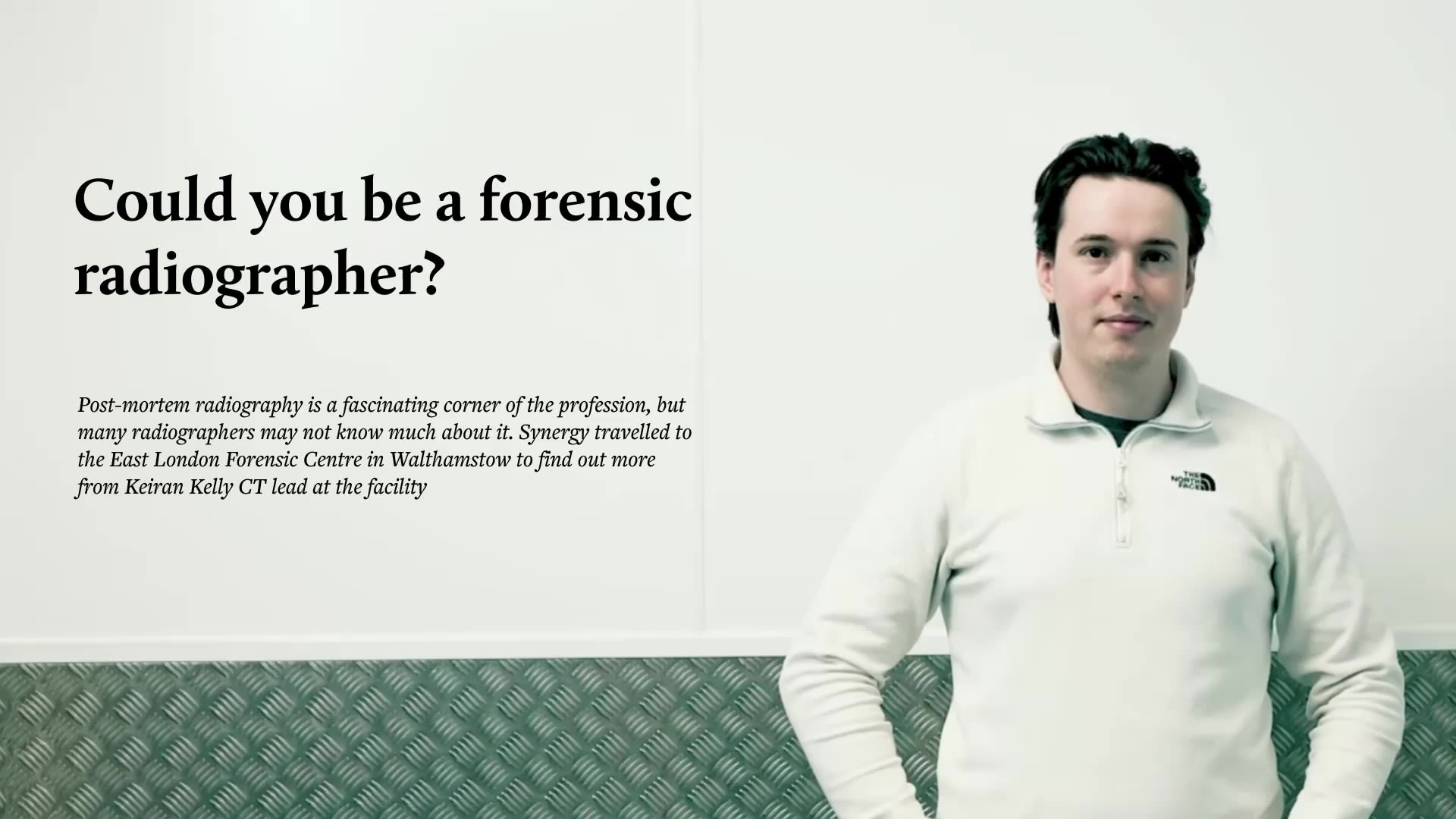
Could you be a forensic radiographer?
Post-mortem radiography is a fascinating corner of the profession, but many radiographers may not know much about it. Synergy travelled to the East London Forensic Centre in Walthamstow to find out more from Keiran Kelly, CT lead at the facility
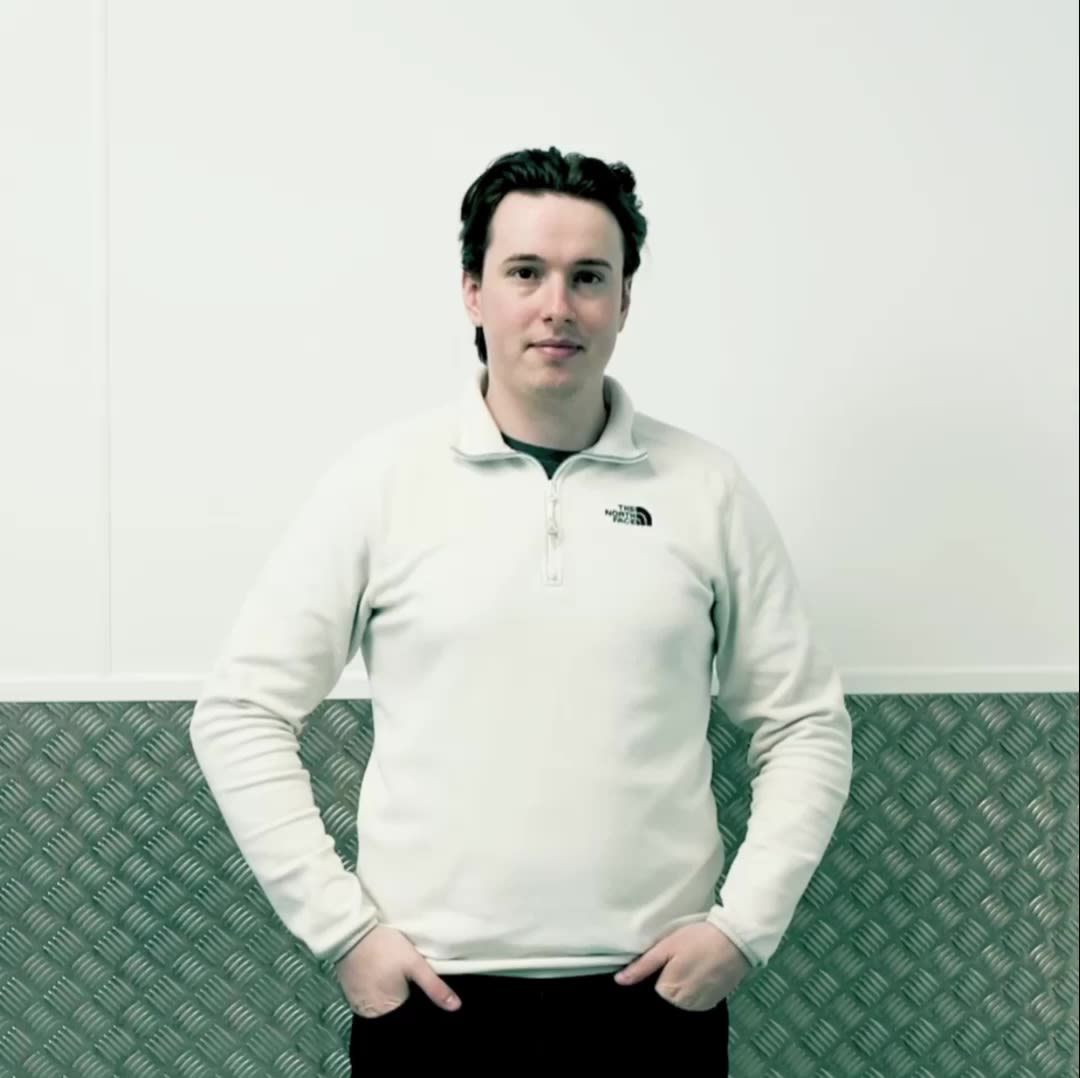
Keiran Kelly spends his time conducting scans of the deceased.
As the post-mortem CT lead radiographer at the East London Forensic Centre, in Walthamstow, Keiran’s unusual work sees him working with the police, the courts, and even supporting grieving families.
But post-mortem radiography is often an overlooked discipline within the profession, so Synergy travelled to the London Borough of Waltham Forest to find out more about the capital’s newest post-mortem CT facility, due to be fully operational by the end of May.
Keiran Kelly spends his time conducting scans of the deceased.
As the post-mortem CT lead radiographer at the East London Forensic Centre, in Walthamstow, Keiran’s unusual work sees him working with the police, the courts, and even supporting grieving families.
But post-mortem radiography is often an overlooked discipline within the profession, so Synergy travelled to the London Borough of Waltham Forest to find out more about the capital’s newest post-mortem CT facility, due to be fully operational by the end of May.
A long process
Mortuary teams are usually “quite concentrated”, Keiran explained, usually needing only a small number of staff. Keiran is, in fact, currently the only radiographer at this new facility, located at Walthamstow Public Mortuary.
The East London Forensic Centre’s CT scanner was privately purchased by the London Borough of Waltham Forest local authority, to give the facility permanent capacity for post-mortem imaging, the first of its kind within London.
The facility itself has taken five years to build, though Keiran has only been involved since January of this year.
While it is focused on post-mortem imaging, Keiran explained the team is aiming to partner with universities and research institutions, such as the Natural History Museum to potentially scan the museum’s anthropological specimens.
“There’s not a lot of these services out there,” Keiran said. “We don’t know for certain how busy we’re going to get right off the bat. When we start off for the first couple of months, we might only be doing five scans a day. We’re going to start with just me, assess the workflow, make sure we get it right.”
The initial aim for the centre is to eventually complete 4,000 post-mortem CT cases per year, or around 15 per day from Monday to Friday.
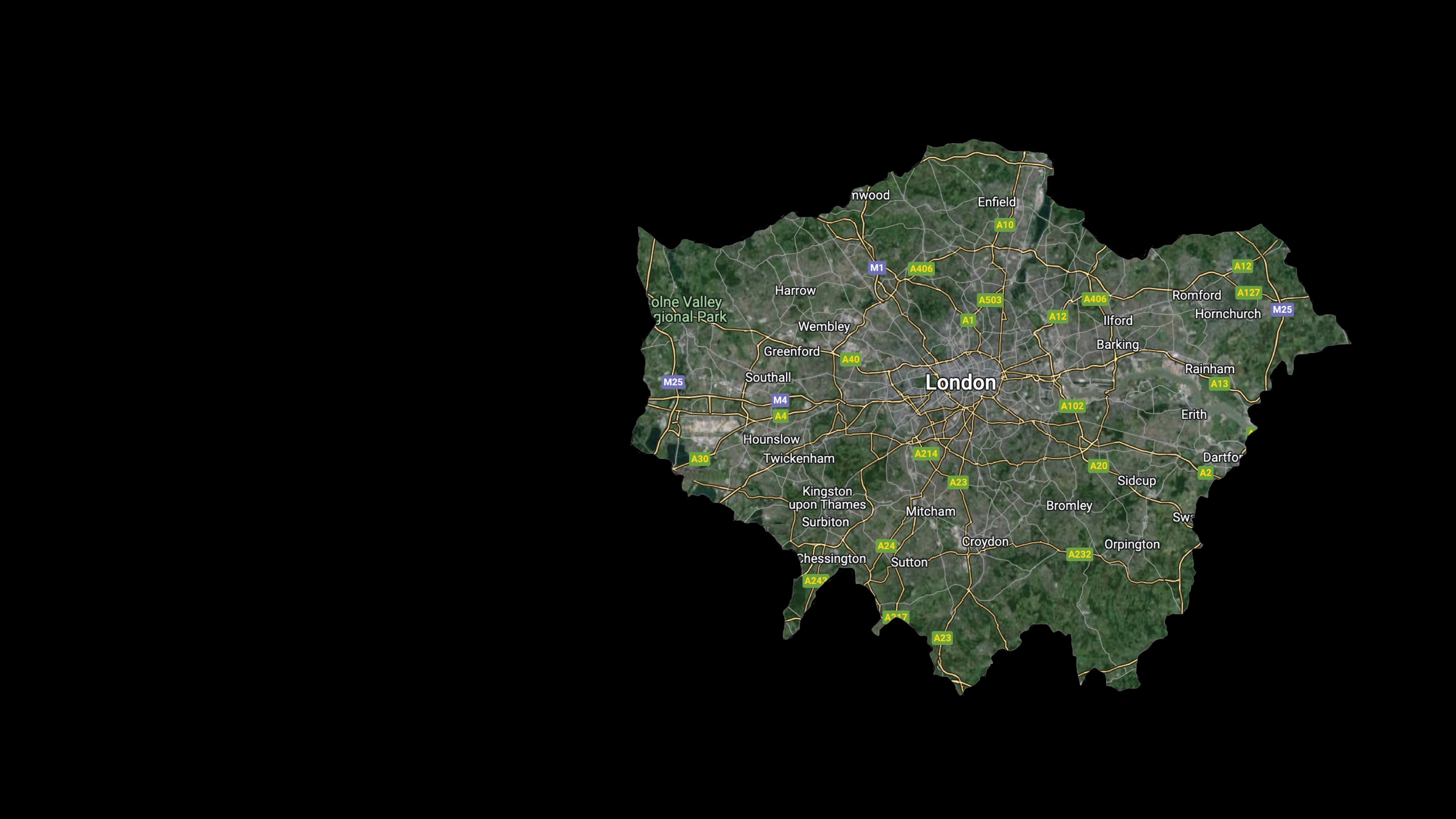
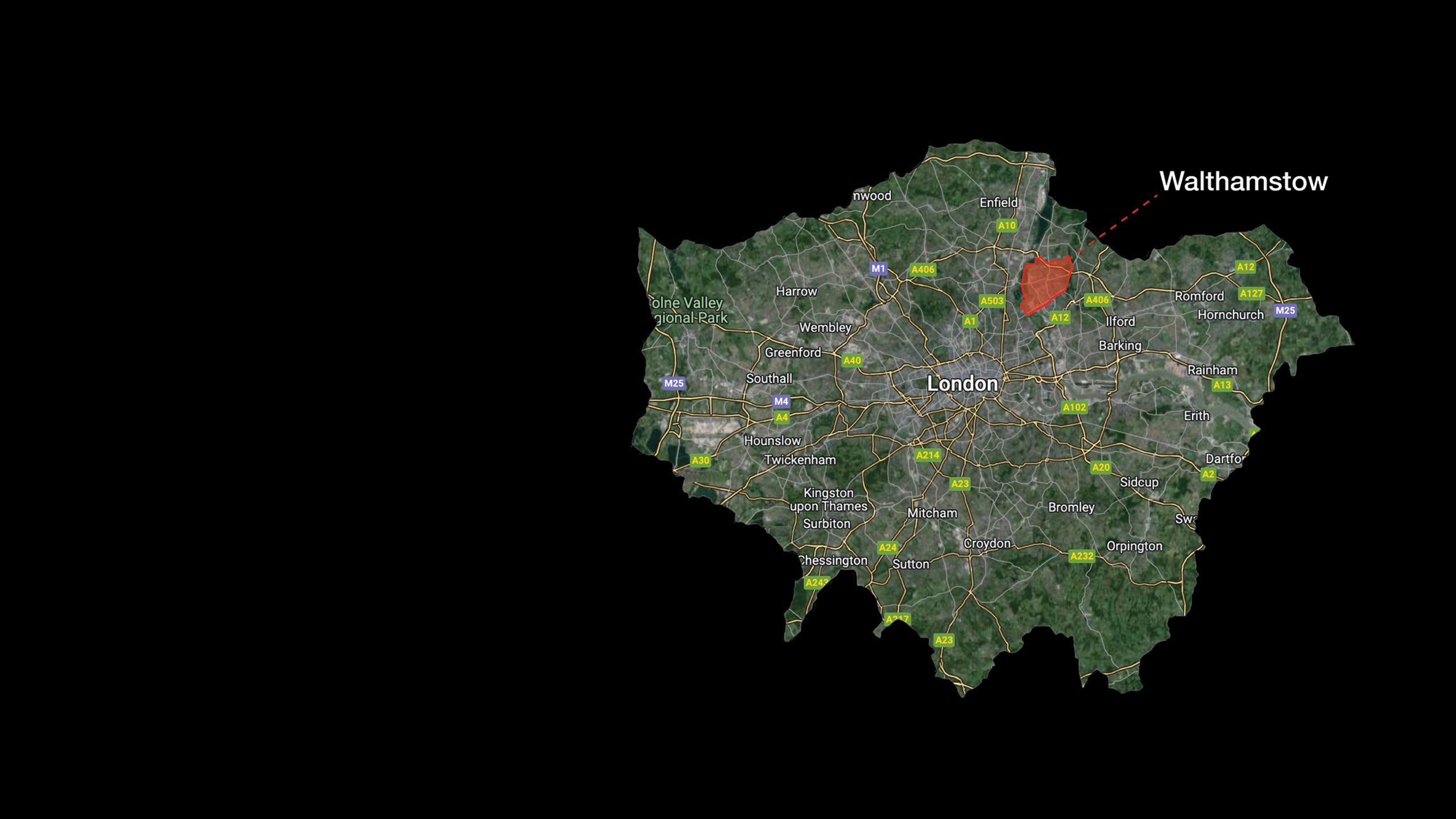
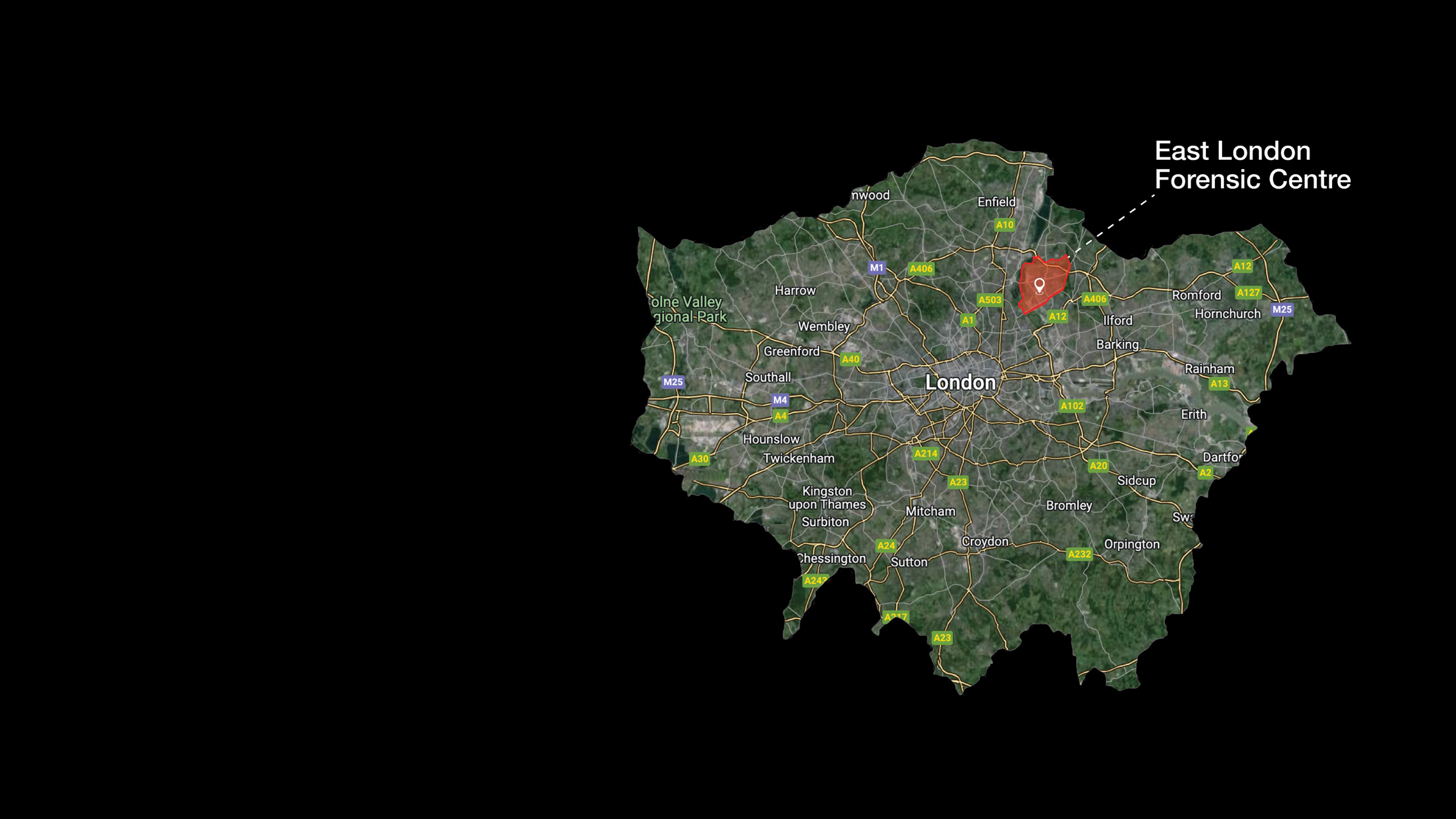
A long process
Mortuary teams are usually “quite concentrated”, Keiran explained, usually needing only a small number of staff. Keiran is, in fact, currently the only radiographer at this new facility, located at Walthamstow Public Mortuary.
The East London Forensic Centre’s CT scanner was privately purchased by the London Borough of Waltham Forest local authority, to give the facility permanent capacity for post-mortem imaging, the first of its kind within London.
The facility itself has taken five years to build, though Keiran has only been involved since January of this year.
While it is focused on post-mortem imaging, Keiran explained the team is aiming to partner with universities and research institutions, such as the Natural History Museum to potentially scan the museum’s anthropological specimens.
“There’s not a lot of these services out there,” Keiran said. “We don’t know for certain how busy we’re going to get right off the bat. When we start off for the first couple of months, we might only be doing five scans a day. We’re going to start with just me, assess the workflow, make sure we get it right.”
The initial aim for the centre is to eventually complete 4,000 post-mortem CT cases per year, or around 15 per day from Monday to Friday.
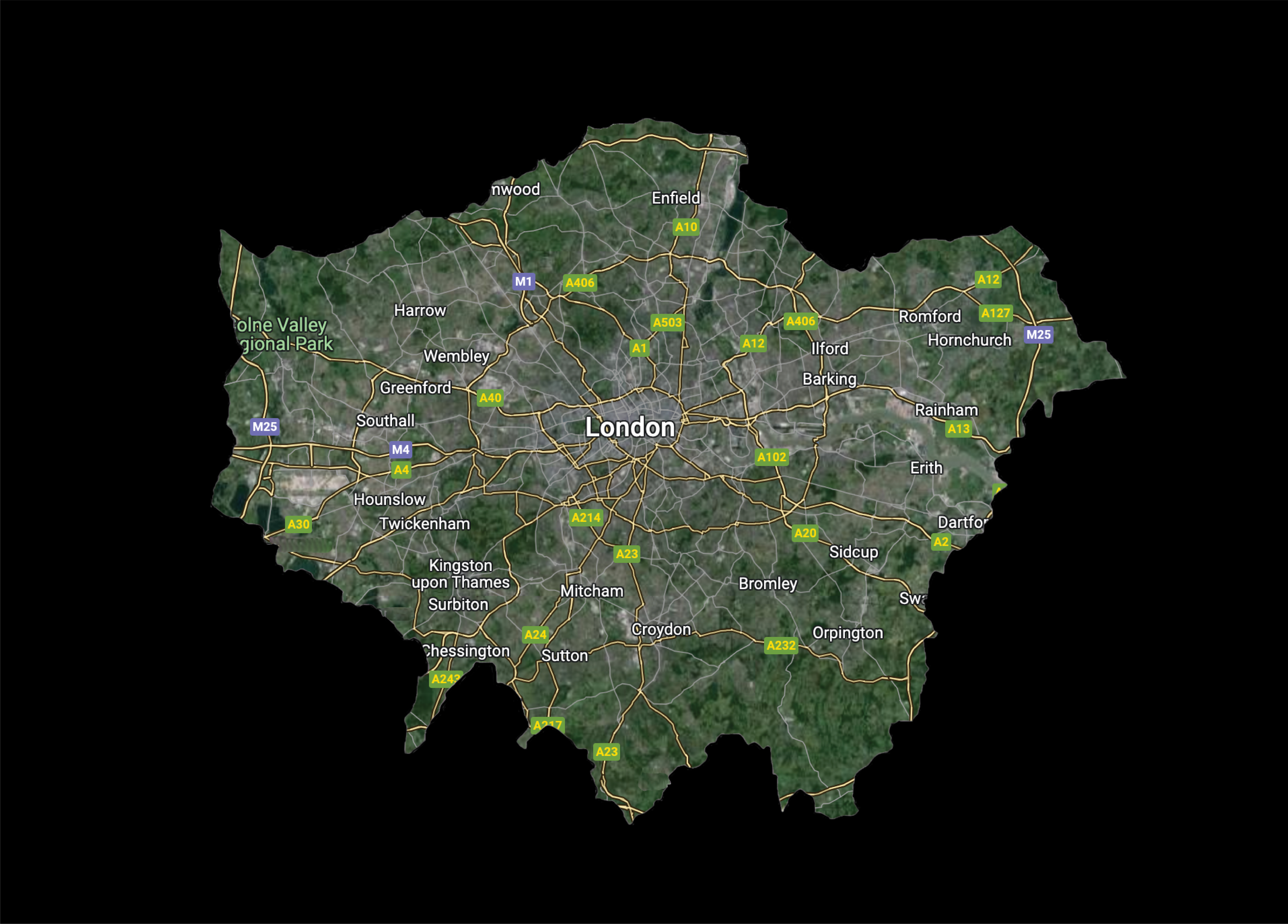
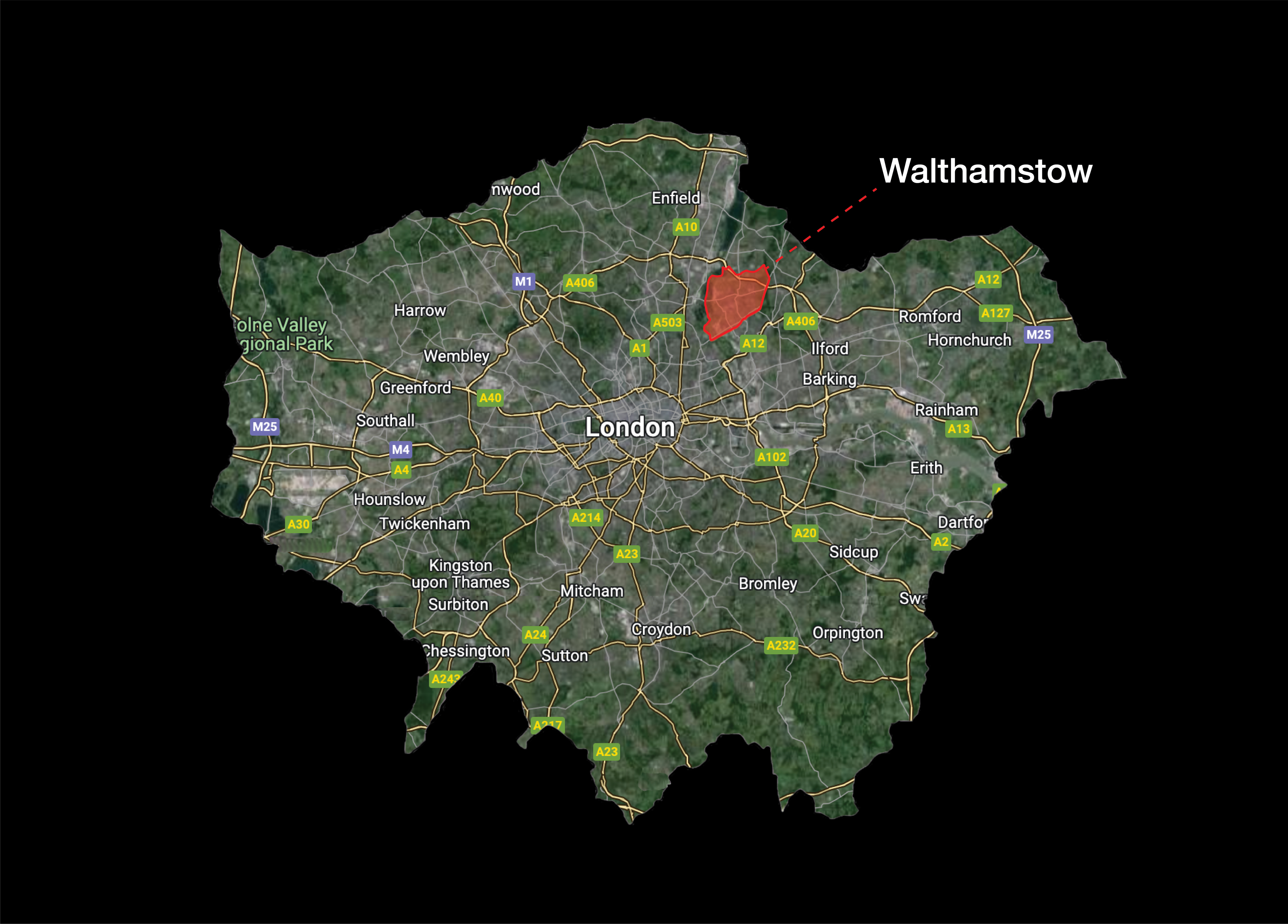
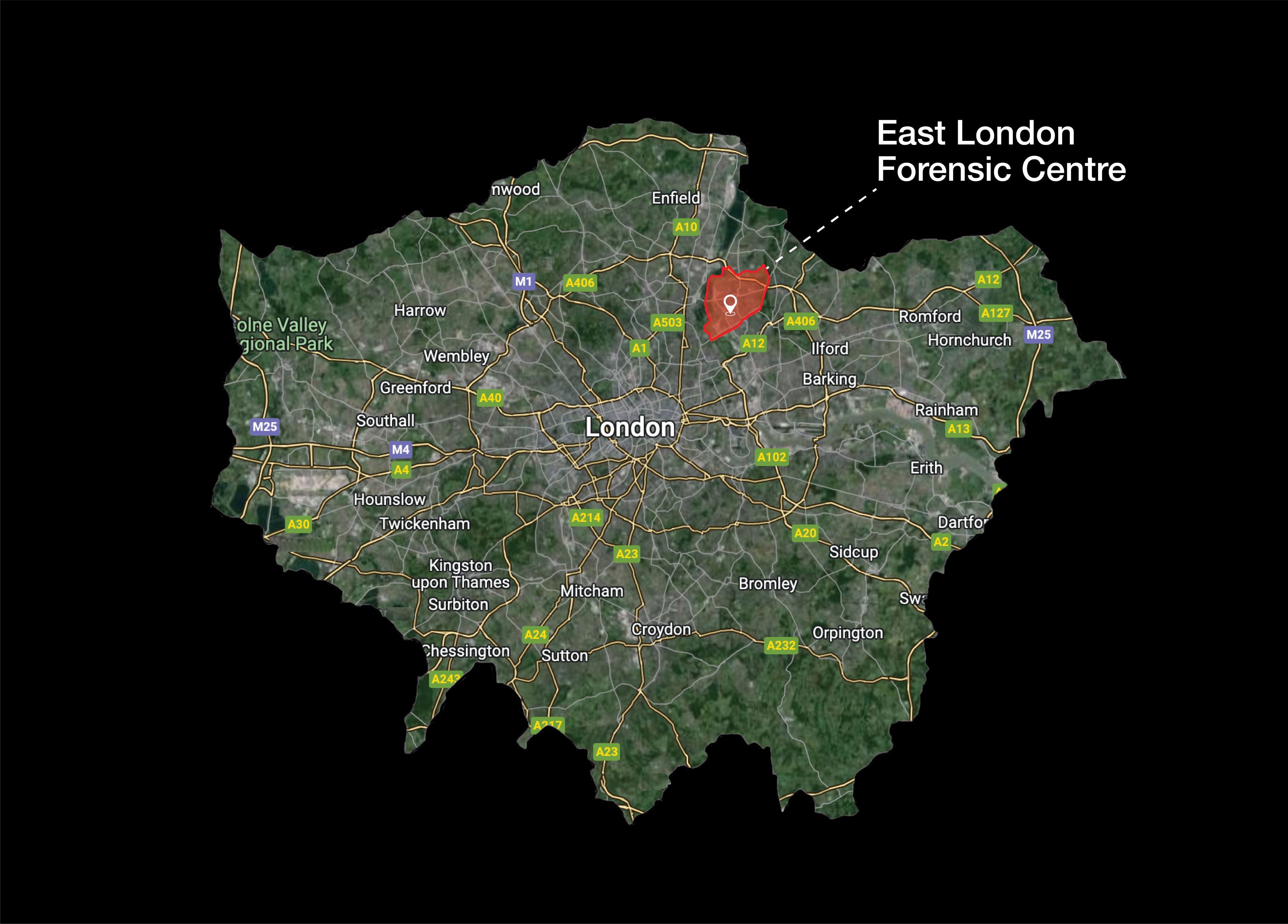
Keiran continued: “Compared to the average outpatient department in the NHS, they’re scanning 50, 60 patients a day. If the demand is there, we’ll obviously need more staff to come and help with that.”
There are only a handful of dedicated post-mortem CT centres around the country –including in Leicester, Preston, and Oxford – but Keiran has been able to draw on the expertise of other radiographers in those areas to help establish the East London Forensic Centre.
The support of the International Association of Forensic Radiographers (IAFR) has also been invaluable, he added.
“Having these services in London is quite a long-time coming,” Keiran said.
“PMCT [Post-Mortem Computed Tomography] within the UK has been around for over 20 years, but within the last few it's kicked off a bit more. With this service, we’re hoping a lot more places will crop up and start offering it.”
Keiran continued: “Compared to the average outpatient department in the NHS, they’re scanning 50, 60 patients a day. If the demand is there, we’ll obviously need more staff to come and help with that.”
There are only a handful of dedicated post-mortem CT centres around the country –including in Leicester, Preston, and Oxford – but Keiran has been able to draw on the expertise of other radiographers in those areas to help establish the East London Forensic Centre.
The support of the International Association of Forensic Radiographers (IAFR) has also been invaluable, he added.
“Having these services in London is quite a long-time coming,” Keiran said.
“PMCT [Post-Mortem Computed Tomography] within the UK has been around for over 20 years, but within the last few it's kicked off a bit more. With this service, we’re hoping a lot more places will crop up and start offering it.”
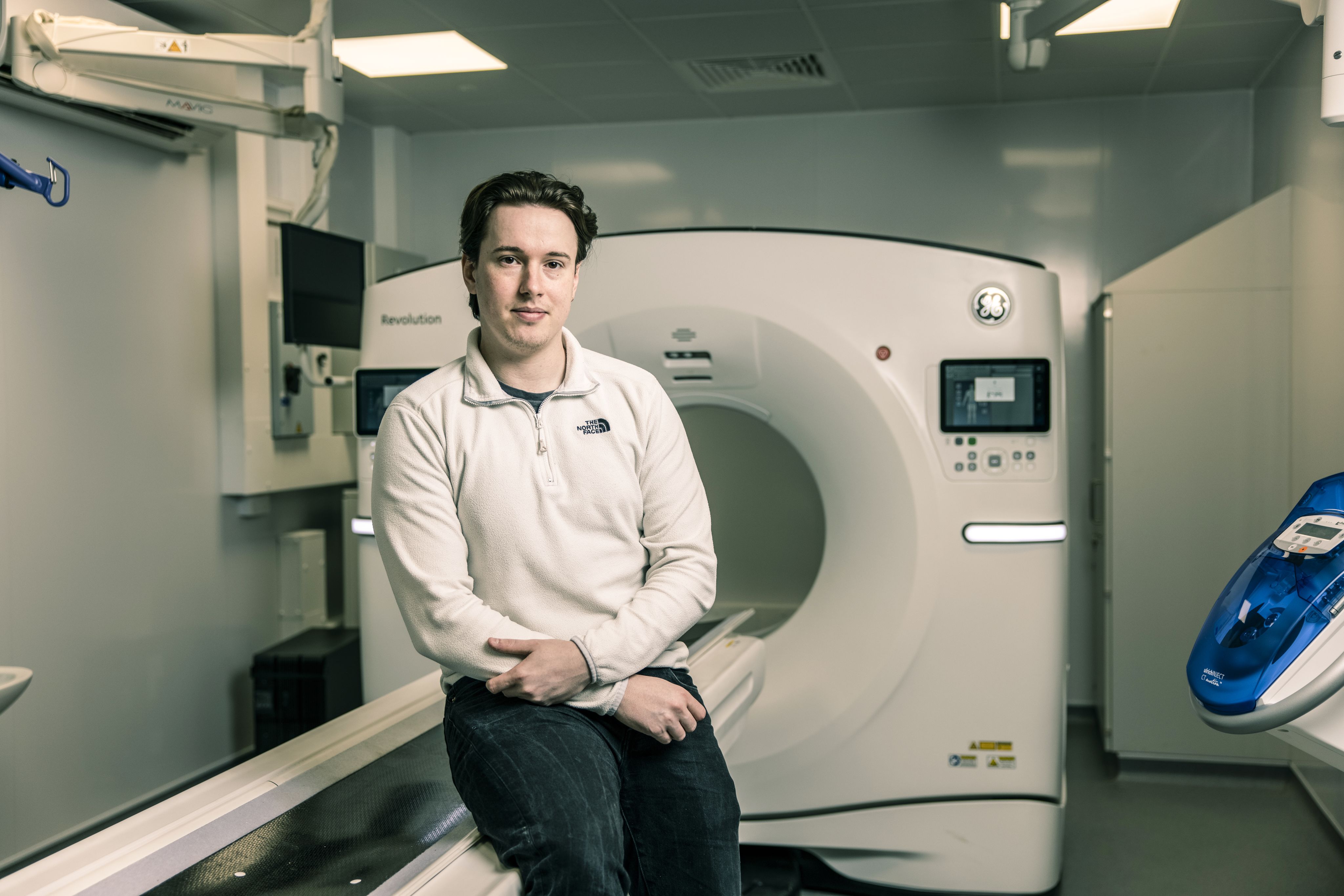

Purpose and meaning
Post-mortem CT is undertaken for a number of reasons, including to help establish a cause of death, or to identify unknown individuals.
These scans also help to gather evidence – for example, knowing where a bullet is located in a body helps police and courts understand violent incidents in greater detail, demonstrate the exact wound locations, and explain the process of an injury without having to put a body on display.
By taking CT scans of a body before an autopsy, the scans can also help to protect technicians, by identifying shrapnel or fragments of bone that could cause injury.
“If we just do that scan beforehand, we can highlight that to the staff,” Keiran said. “We can say, ‘you’ve got a comminuting fracture [fragmentation of bones into small pieces] here, this is where the bullet is, just be careful.’”
For identification of a body, in the event of a “mass fatality incident”, a natural disaster, or simply an unknown death, Keiran’s work can help match up ante-mortem (pre-death) data from other hospitals and other scans with the post-mortem images, putting names to bodies.
Purpose and meaning
Post-mortem CT is undertaken for a number of reasons, including to help establish a cause of death, or to identify unknown individuals.
These scans also help to gather evidence – for example, knowing where a bullet is located in a body helps police and courts understand violent incidents in greater detail, demonstrate the exact wound locations, and explain the process of an injury without having to put a body on display.
By taking CT scans of a body before an autopsy, the scans can also help to protect technicians, by identifying shrapnel or fragments of bone that could cause injury.
“If we just do that scan beforehand, we can highlight that to the staff,” Keiran said. “We can say, ‘you’ve got a comminuting fracture [fragmentation of bones into small pieces] here, this is where the bullet is, just be careful.’”
For identification of a body, in the event of a “mass fatality incident”, a natural disaster, or simply an unknown death, Keiran’s work can help match up ante-mortem (pre-death) data from other hospitals and other scans with the post-mortem images, putting names to bodies.
New support
Certain religious restrictions have made post-mortem CT scanning the method of choice for discovering causes of death, Keiran added. With a Muslim population of 1.3 million in London, the demand for the service is higher than ever.
Keiran explained: “There’s definitely a need for it. People of the Muslim faith, of the Jewish faith, subscribe to certain religious protocols that require certain steps, in terms of burial.
“They definitely prefer not to cut open the body – so the post-mortem CT provides a minimally-invasive procedure so that they can still find out the cause of death and go through the legal proceedings. ”
Previously, people would have had to send their loved ones to facilities far afield in order to retain these religious requirements.
“Imagine having to send your loved ones from London all the way to the other side of the country,” Keiran added. “The cost of transport is high enough – we can say to people, we’re in London, let’s get them in, get them out. It just expedites the procedures they need to keep to.”
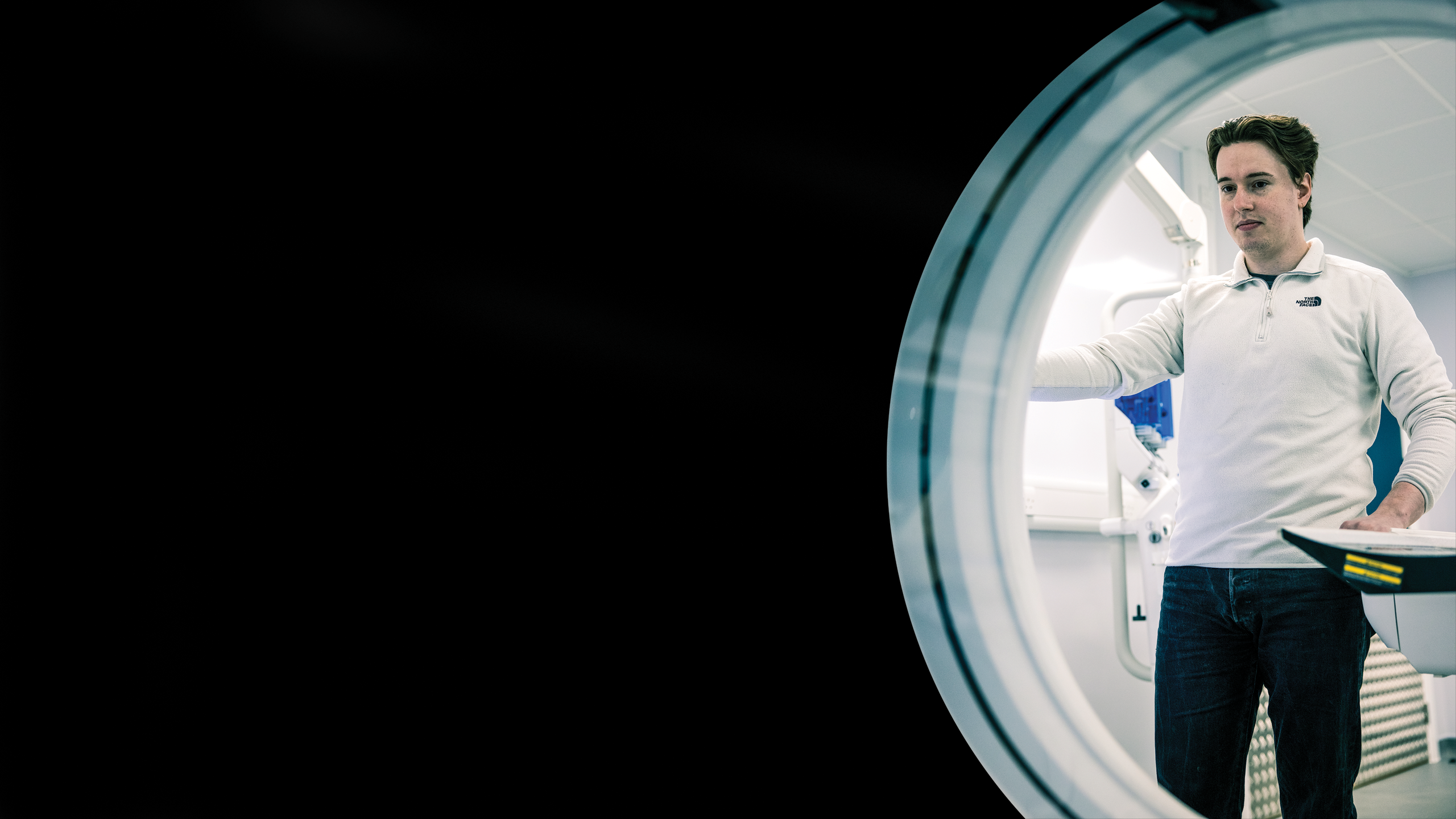
New support
Certain religious restrictions have made post-mortem CT scanning the method of choice for discovering causes of death, Keiran added. With a Muslim population of 1.3 million in London, the demand for the service is higher than ever.
Keiran explained: “There’s definitely a need for it. People of the Muslim faith, of the Jewish faith, subscribe to certain religious protocols that require certain steps, in terms of burial.
“They definitely prefer not to cut open the body – so the post-mortem CT provides a minimally-invasive procedure so that they can still find out the cause of death and go through the legal proceedings.”
Previously, people would have had to send their loved ones to facilities far afield in order to retain these religious requirements.
“Imagine having to send your loved ones from London all the way to the other side of the country,” Keiran added. “The cost of transport is high enough – we can say to people, we’re in London, let’s get them in, get them out. It just expedites the procedures they need to keep to.”
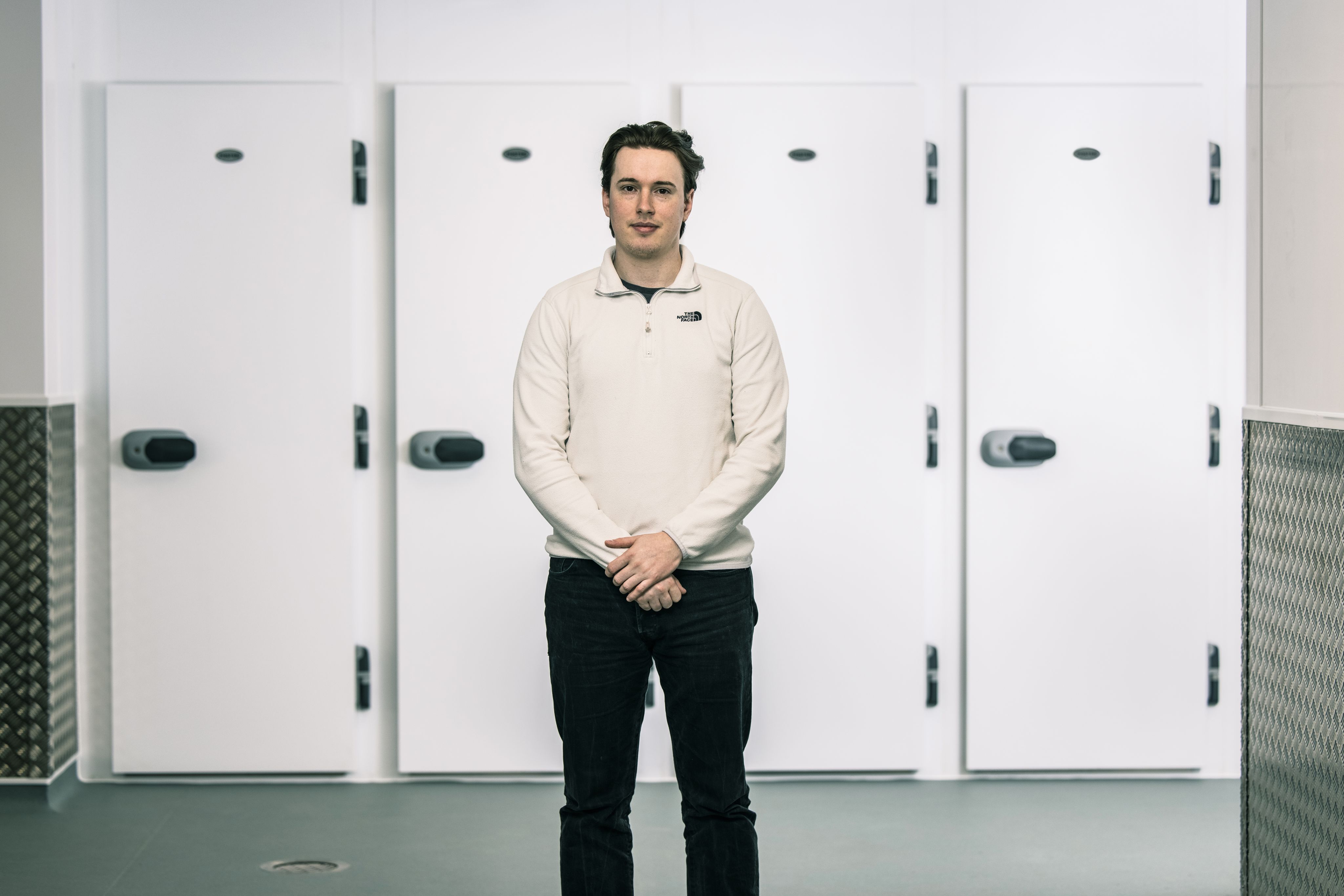

Why it appeals
Keiran had wanted to become a radiographer since his school days.
On why radiography appealed to him, Keiran said: “I just thought this is perfect.”
“It’s got the technology, it’s got the human anatomy, which I really loved. The whole premise of the profession – looking inside the body, diagnosing and finding out what’s wrong with people. I think that appeals to quite a lot of people.”
Keiran studied for his undergraduate degree in Diagnostic Radiography at the University of Suffolk, graduating in 2019. He then went straight into work at St. George’s Hospital in Tooting, progressing from Band 5 to Band 6.
At St. George's Keiran also got involved with the paediatric team, doing skeletal surveys – these examinations are medico-legal examinations of children, typically under two years old, which include between 25 and 34 X-rays to gather evidence of physical abuse. He explained this is how most radiographers get into forensic radiography.
After discovering forensic radiography Keiran began looking into postgraduate degrees to pursue this new path, where he came across a forensics MSc. He started undertaking the study part time, and also moved into a new role as paediatric lead at the Royal London Hospital, a children’s hospital and trauma centre in East London.
Why it appeals
Keiran had wanted to become a radiographer since his school days.
On why radiography appealed to him, Keiran said: “I just thought this is perfect.”
“It’s got the technology, it’s got the human anatomy, which I really loved. The whole premise of the profession – looking inside the body, diagnosing and finding out what’s wrong with people. I think that appeals to quite a lot of people.”
Keiran studied for his undergraduate degree in Diagnostic Radiography at the University of Suffolk, graduating in 2019. He then went straight into work at St. George’s Hospital in Tooting, progressing from Band 5 to Band 6.
At St. George's Keiran also got involved with the paediatric team, doing skeletal surveys – these examinations are medico-legal examinations of children, typically under two years old, which include between 25 and 34 X-rays to gather evidence of physical abuse. He explained this is how most radiographers get into forensic radiography.
After discovering forensic radiography Keiran began looking into postgraduate degrees to pursue this new path, where he came across a forensics MSc. He started undertaking the study part time, and also moved into a new role as paediatric lead at the Royal London Hospital, a children’s hospital and trauma centre in East London.

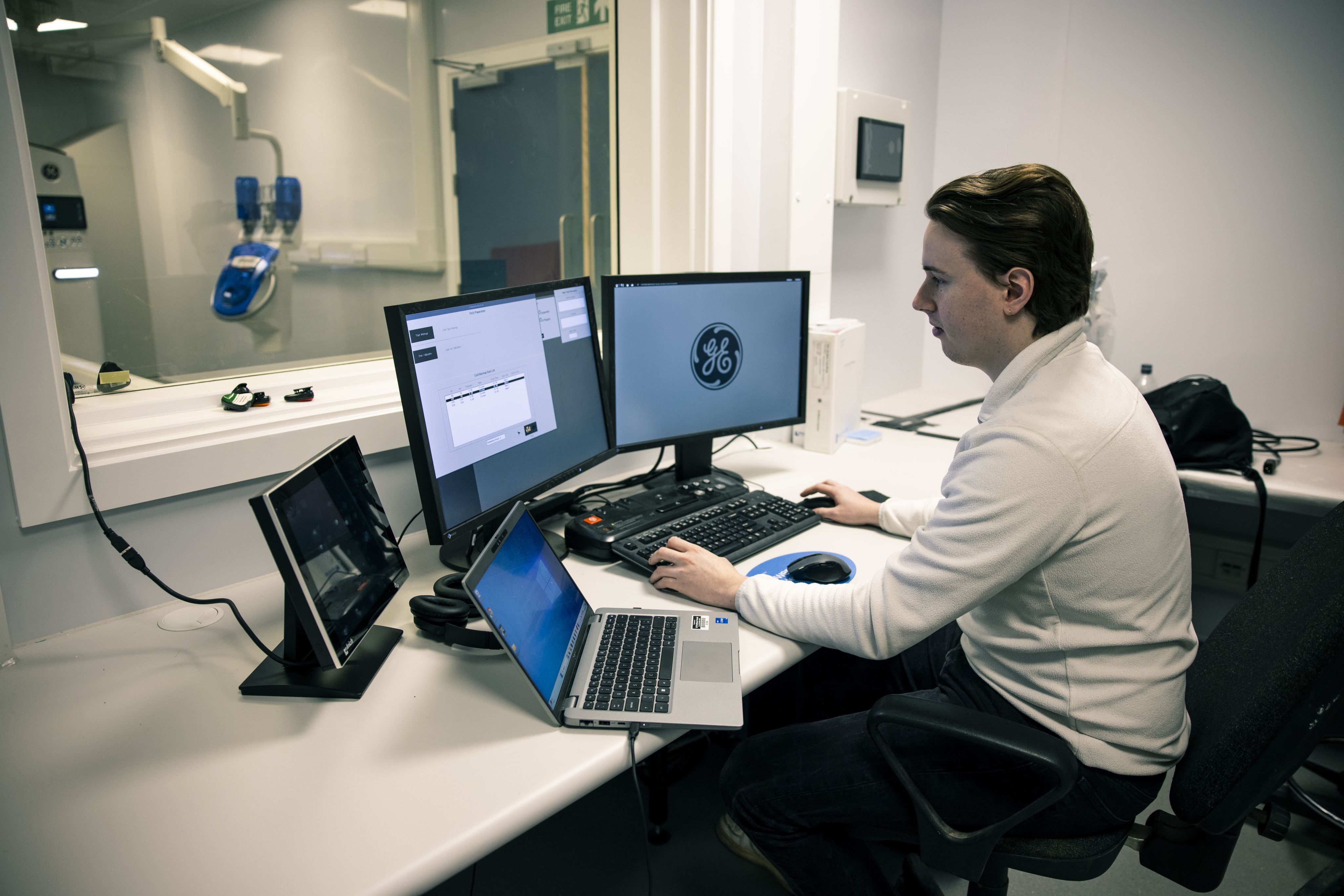
Keiran worked there for just under a year before starting his current role as lead radiographer at the East London Forensic Centre in January 2024.
On his new chosen path, Keiran said: “[Forensic radiography] has a lot of different branches, but because it's so niche, people don’t get into it very often.
“The surveys, and now post-mortem CT, are two bits in the NHS where people can start dipping their toes into forensic practice.”
Keiran is just about to finish his Master’s degree in forensic radiography and with the scheduled opening of the new centre, he can now apply his studies to a real-life setting.
“I wasn’t even going to apply for the lead job,” he admitted. “It was only because I went to my lecturer and told him about it that he said, ‘you’re about to graduate with a Master’s – you might as well do it. You’ve got the knowledge, the experience, and the connections.’”
Keiran worked there for just under a year before starting his current role as lead radiographer at the East London Forensic Centre in January 2024.
On his new chosen path, Keiran said: “[Forensic radiography] has a lot of different branches, but because it's so niche, people don’t get into it very often.
“The surveys, and now post-mortem CT, are two bits in the NHS where people can start dipping their toes into forensic practice.”
Keiran is just about to finish his Master’s degree in forensic radiography and with the scheduled opening of the new centre, he can now apply his studies to a real-life setting.
“I wasn’t even going to apply for the lead job,” he admitted. “It was only because I went to my lecturer and told him about it that he said, ‘you’re about to graduate with a Master’s – you might as well do it. You’ve got the knowledge, the experience, and the connections.’”
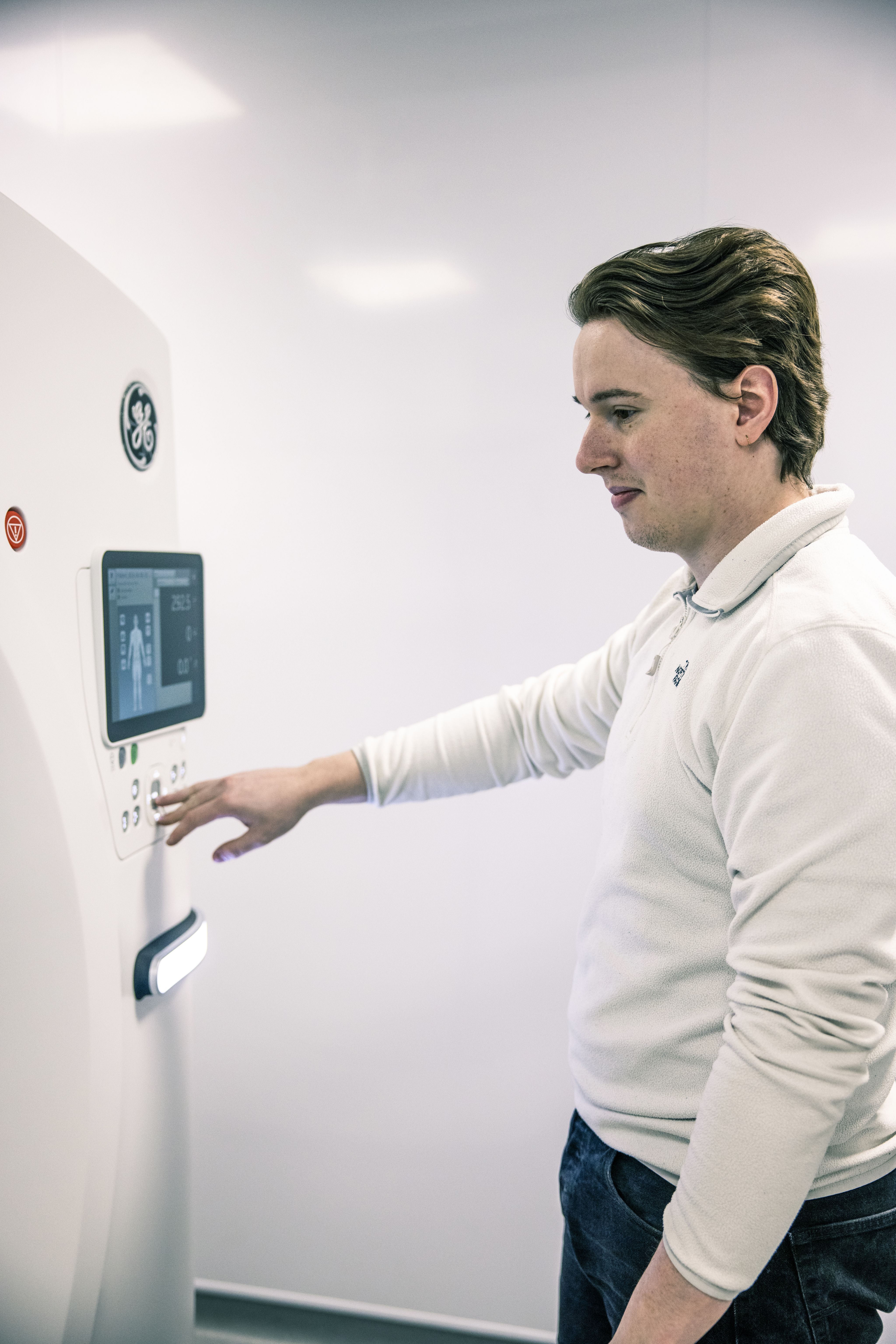
From diagnostic to forensic
It was the variety of cases that first attracted Keiran to diagnostic radiography over therapeutic. But once he started exploring the forensic side, Keiran also discovered a fascination with medico-legal aspects of the profession.
“You don’t normally see that side as a radiographer,” Keiran added. “Most people are really interested in forensics, law, legal stuff as a whole. That’s what drew me to it. You get some really interesting scans as well, because obviously the process that leads to death has to be to a serious enough extent that it shows significant signs.
“It's just quite intriguing that what you see on the scans is a bit different to what you see clinically.”
Keiran’s advice to any student radiographers looking to get involved with forensics is to first join the IAFR, which periodically runs webinar sessions on topics like skeletal surveys, suspected physical abuse, post-mortem CT and more.
Expert guest speakers also visit to give talks – children’s homicide detectives, those who have served in the military, or those with experience in mass fatality incidents.
He also advised students to reach out to forensic centres individually, as facilities are often eager to support those with an interest in the profession, for example those undertaking a dissertation on forensics.
“That’s another thing: I’m more than happy to have students in observing, because it’s such a difficult thing to get into,” Keiran continued. “Before I went into my Master’s, I was really looking to get experience in post-mortem CT. But there was no place in London that did it. It’s really frustrating.
“Anyone can get into contact with us. It’s another path as a radiographer that you might not necessarily be aware of. The more we can spread awareness, the more centres will open, and the opportunities there will be for radiographers.”
The future of forensics
Keiran emphasised that forensic radiography shared some similarities with AI in recent times.
“Everyone’s talking about, but not a lot of people are actually doing it, or implementing,” he said. “There’s such huge room for expansion and role development within radiography. But it’s just getting that initial foot off the ground to really get things going.”
To help do so, he added, more education was needed. Keiran suggested universities delve into forensics more – he told Synergy how, during his undergraduate degree, his introduction to the field was just an hour-long lecture from an external speaker.
He continued: “It’s a slow-burn, getting the word out there. And there’s so many people involved. Not just radiographers, but coroners, managers, pathologists, radiologists.
“The way forward is dedicated, purpose-built facilities like these, from a resilience standpoint, if you’ve got a mass fatality incident, it takes a lot of the strain away from NHS departments.
The future of forensics
Keiran emphasised that forensic radiography shared some similarities with AI in recent times.
“Everyone’s talking about, but not a lot of people are actually doing it, or implementing,” he said. “There’s such huge room for expansion and role development within radiography. But it’s just getting that initial foot off the ground to really get things going.”
To help do so, he added, more education was needed. Keiran suggested universities delve into forensics more – he told Synergy how, during his undergraduate degree, his introduction to the field was just an hour-long lecture from an external speaker.
He continued: “It’s a slow-burn, getting the word out there. And there’s so many people involved. Not just radiographers, but coroners, managers, pathologists, radiologists.
“The way forward is dedicated, purpose-built facilities like these, from a resilience standpoint, if you’ve got a mass fatality incident, it takes a lot of the strain away from NHS departments.”
About the East London Forensic Centre
Students who are interested in getting involved with East London Forensic Centre can contact the service at Mortuary@walthamforest.gov.uk or keiran.kelly@walthamforest.gov.uk.
Image credit: Andrew Ferraro
Read more


